Frequently Asked
Questions
Mold can cause many health effects. For some people, mold can cause a stuffy nose, sore throat, coughing or wheezing, burning eyes, or skin rash. People with asthma or who are allergic to mold may have severe reactions. Immune-compromised people and people with chronic lung disease may get infections in their lungs from mold.
There is always some mold around. Molds have been on the Earth for millions of years. Mold can get in your home through open doors, windows, vents, and heating and air conditioning systems. Mold in the air outside can be brought indoors on clothing, shoes, bags, and even pets.
Mold will grow where there is moisture, such as around leaks in roofs, windows, or pipes, or where there has been a flood. Mold grows on paper, cardboard, ceiling tiles, and wood. Mold can also grow in dust, paints, wallpaper, insulation, drywall, carpet, fabric, and upholstery.
Mold is found both indoors and outdoors. Mold can enter your home through open doorways, windows, vents, and heating and air conditioning systems. Mold in the air outside can also attach itself to clothing, shoes, and pets can and be carried indoors. When mold spores drop on places where there is excessive moisture, such as where leakage may have occurred in roofs, pipes, walls, plant pots, or where there has been flooding, they will grow. Many building materials provide suitable nutrients that encourage mold to grow. Wet cellulose materials, including paper and paper products, cardboard, ceiling tiles, wood, and wood products, are particularly conducive for the growth of some molds. Other materials such as dust, paints, wallpaper, insulation materials, drywall, carpet, fabric, and upholstery, commonly support mold growth.
People with allergies may be more sensitive to molds. People with immune suppression or underlying lung disease are more susceptible to fungal infections. Individuals with chronic respiratory disease (e.g., chronic obstructive pulmonary disorder, asthma) may experience difficulty breathing. Individuals with immune suppression are at increased risk for infection from molds. If you or your family members have these conditions, a qualified medical clinician should be consulted for diagnosis and treatment.
Large mold infestations can usually be seen or smelled and you should get your home tested by a professional.
These decisions have to be made individually. If you believe you are ill because of exposure to mold in a building, you should consult your physician to determine the appropriate action to take.
Inspect buildings for evidence of water damage and visible mold as part of routine building maintenance, Correct conditions causing mold growth (e.g., water leaks, condensation, infiltration, or flooding) to prevent mold growth.
Inside your home you can control mold growth by:
· Controlling humidity levels;
· Promptly fixing leaky roofs, windows, and pipes;
· Thoroughly cleaning and drying after flooding;
· Ventilating shower, laundry, and cooking areas.
There is always a little mold everywhere – in the air and on many surfaces.
Certain molds are toxigenic, meaning they can produce toxins (specifically “mycotoxins”). Hazards presented by molds that may produce mycotoxins should be considered the same as other common molds which can grow in your house. Not all fungi produce mycotoxins and even those that do will not do so under all surface or environmental conditions.
Mold growth, which often looks like spots, can be many different colors, and can smell musty. Color is not an indication of how dangerous a mold may be. Any mold should be removed and the moisture source that helped it grow should be removed.
There are very few reports that toxigenic molds found inside homes can cause unique or rare health conditions such as pulmonary hemorrhage or memory loss. These case reports are rare, and a causal link between the presence of the toxigenic mold and these conditions has not been proven.

